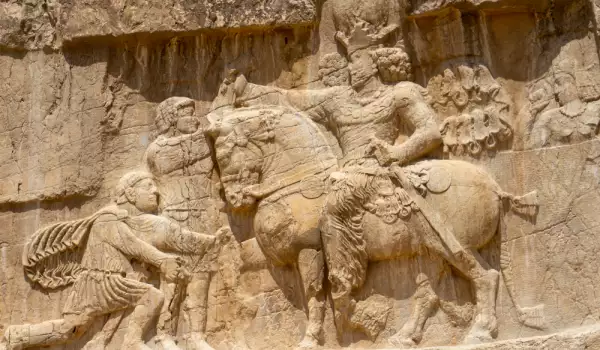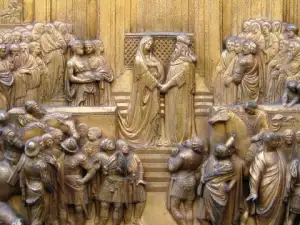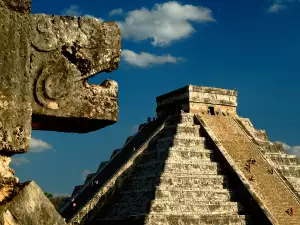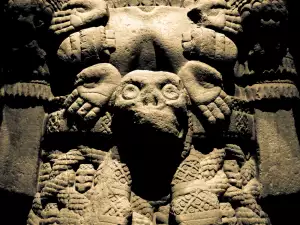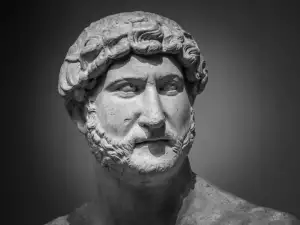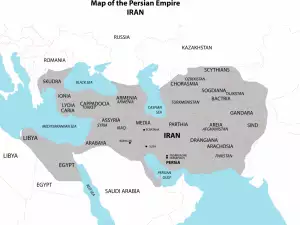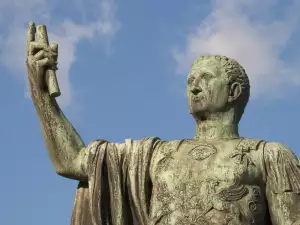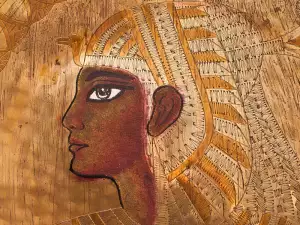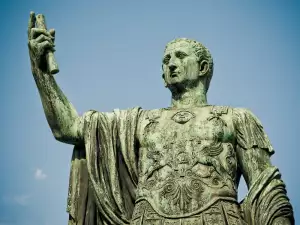Some rulers in ancient times were given the title of Great because of their personal qualities and significant achievements during their reign. One of them, however, was named a great king even before he had to prove himself in any way. This is Xerxes I, known as Xerxes the Great. For what reason does the ruler acquire this designation, without personal merit?
Origin of Xerxes I and Ascension to the Throne of the Persian Empire
Xerxes I was a king of Persia of the Achaemenid dynasty. Even his name means hero among kings, the heroic king. These titles are due not to personal merit, but to his ancestry. His ancestors are the most significant names in the history of Persia. His father was King Darius I, under whom the Achaemenid state reached its greatest power and territorial expansion, with the empire's borders reaching as far as India. Xerxes' mother, Athos, was the daughter of Cyrus the Great, who created the empire of the Persians, lasted for 200 years after his death. The name Xerxes by which this ruler is known today is a Greek version of his Persian name.
Xerxes succeeded his father, Darius I, who died when he went to put out a rebellion that had broken out in Egypt. This happened in 486 BC.
Xerxes was not the first-born son of Darius I, but he was the first from his marriage to Athos and was therefore chosen as heir to the throne. Darius' first son, Artabazenes, tried to take his father's place, but failed because his mother was an ordinary woman. This opens the way for Xerxes I to the throne of the Persian Empire.
After becoming ruler, Xerxes finished what Darius had started - put out rebellions in Egypt and Babylon. After completing this task, he directed his efforts to preparing another major campaign to Greece to fulfill the unfinished mission of his father Darius I in relation to the enemy of the Persians - Hellas.
As early as the accession to the throne of Xerxes I, his military leader Mardonius, who is his cousin, insisted on a campaign against the Greeks because of personal ambitions. He hopes to be appointed satrap of the conquered lands. The adviser of the new ruler - Artabanus, tries to dissuade Xerxes from this intention, but Mardonius prevails.
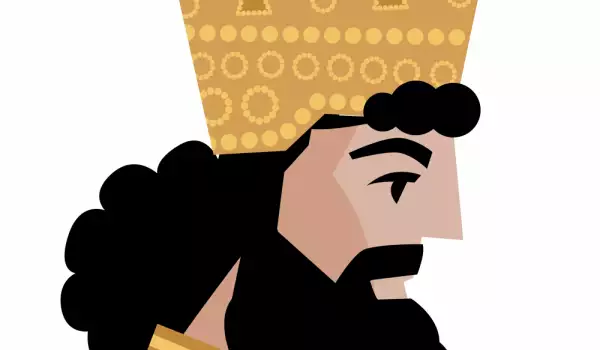
Preparation for a campaign in Greece and the next stage of the Greco-Persian wars
After restoring peace to his empire, Xerxes began four years of preparation for a campaign against the Greeks. Herodotus claims that Xerxes brought with him 2 million warriors and 4 thousand ships when he arrived in Greece. This figure is considered too high for antiquity and it is assumed that the army of Xerxes did not number more than 500 thousand, or even the figure was reduced to even less - 300 or 100 thousand people, but still it is the largest an army assembled in this ancient time. It includes fighters from many subjugated nations, as well as elite guard units called the Immortals.
In 480 BC, Xerxes led his huge army and marched towards Greece. Part of the troops were transported by sea, but the ruler and part of the army crossed the Dardanelles passage on specially built pontoon bridges to Thrace. Moreover, Xerxes secures himself by an alliance with the Carthaginians and some of the Greek cities go over to his side. At the start of the campaign, Xerxes I has the advantage in terms of manpower and training.
The campaign of Xerxes I in Hellas
The first battle between the Greek and Persian armies was in the summer of 480 BC at the Thermopylae Pass, also called the Hot Gates. Xerxes was met by a small number of Greek defenders, led by the king of Sparta, Leonidas I.
The Spartans and Arcadians, commanded by Leonidas, managed to hold the pass for an unexpectedly long time. A traitor from among them showed the Persians a small narrow passage, by which Xerxes's soldiers came out behind the defenders of the trail. Leonidas realizes that the battle is lost and saves his men by sending them back to their homes, and he is left with 300 defenders who fight for 3 days until the last of them dies. This battle remains legendary in world history and today is a byword for unparalleled heroism.
After considerable loss of manpower to the Persians, they proceed to Athens. The city was abandoned by the inhabitants and Xerxes burned it, along with other cities that resisted. The Greeks fortify themselves in the Peloponnese and gather their forces and their fleet is based in the Straits of Salamis.
Battle of Salamis - Xerxes I consults his advisors and they assure him to fight a naval battle. In September, the Greek fleet inflicted a crushing defeat on the Persians. It is a brilliant victory that turns the tide of hostilities. Xerxes retires to spend the winter in northern Greece.
At the beginning of the following year, Xerxes I learned that a rebellion had broken out in Babylonia and returned to Asia, leaving his general Mardonius to finish what he had begun.
The two armies met again in the Battle of Plataea the same year, where the two largest Greek city-states, Athens and Sparta, appeared with united forces. A 30, 000-strong Athenian army and 10, 000 Spartan fighters inflicted an important defeat on the Persians and Mardonius died. The remaining parts of the army of Xerxes I leave Greece and this ends the campaigns of this Persian king in Hellas.
After the Battle of Salamis, the Greek city-states and Persia signed a peace treaty known as the Peace of Potash. The contract provides for several conditions which prove to be beneficial to both parties and are therefore accepted. The Hellenic cities in Asia were given their own independent government. Persia undertakes not to attack any Greek city, and Athens agrees not to interfere in lands under Persian rule. The army and navy of Persia must leave the Aegean and never return to the lands of ancient Hellas. Persia could not use its trade routes in Hellas either. The failure of Xerxes' campaign brought a new, significant authority to Greece and established it as the only power in the region.
Rule of Xerxes I after the failure of the campaign in Greece. Construction
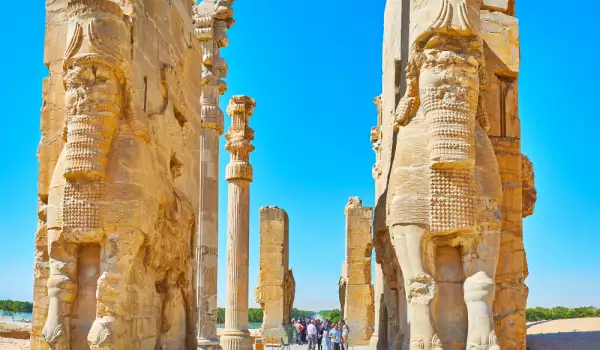
Returning home, Xerxes I focused on building more and more imposing monuments than those of his father. The royal treasury is exhausted for the grandiose constructions.
The ruler built roads throughout the empire, the most famous of which was the Royal Road, which messages we're sent through. He also expanded the cities of Susa and Persepolis.
The king also begins the construction of a large palace, regardless of the fact that that of Darius I is still intact. Xerxes designed the new construction to shine with the Hall of a Hundred Columns. These constructions turned out to be too expensive, so he increased taxes on the people to raise the funds. All this leads to destabilization and hunger.
The satraps began to rebel, discontent arose among the aristocracy, because Xerxes planned reforms due to corruption in the administration and began to appoint his trusted officials.
In terms of religion, Xerxes tried to strengthen the influence of Zoroastrianism by suppressing the cults of the natives and seizing the great riches of the Egyptian and Babylonian temples. This further strengthens the sentiment against him.
Death of Xerxes I and succession to the empire. Evaluation of Xerxes's reign
Xerxes I married Princess Amestris, who gave birth to his four sons and two daughters. His firstborn son and heir to the throne is called Darius, his other sons are Hystaspes, Artaxerxes I, Achaemenes and his daughters are Amytis and Rhodoguna.
The result of discontent against the ruler was the palace conspiracy, headed by Xerxes's chief of guard Artabanus and the eunuch Aspamiter. In 465 BC, Artabanus killed Xerxes and the crown prince Darius and Xerxes' son Artaxerxes I killed Artabanus, took his father's throne and completed his grandiose building plans.
The Greek propaganda machine portraying Xerxes I as an unscrupulous and greedy ruler who was incapable as a general created an image of Xerxes as a tyrant and megalomaniac. In fact, he spent his last years in apathy, unable to resist palace intrigues after his life's work ended in failure.
